April 19, 2025 | 00:22 GMT +7
April 19, 2025 | 00:22 GMT +7
Hotline: 0913.378.918
April 19, 2025 | 00:22 GMT +7
Hotline: 0913.378.918
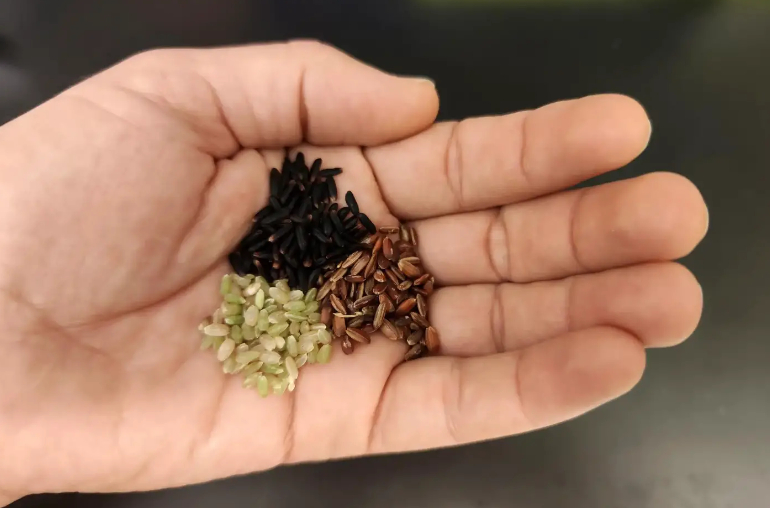
Pigmented rice, such as black, brown, and red rice, is rich in essential microelements, including iron, zinc, copper, manganese, and selenium. Photo Credit: © 2023 KAUST; Khalid Sedeek
Their focus is on improving nutrient-rich varieties like the black Indonesian rice Cempo Ireng, transforming it into a shorter, earlier maturing variety to enhance its appeal to farmers. Their next project is to enhance the productivity of Hassawi rice, a culturally significant red rice variety native to Saudi Arabia.
Fundamental research offers opportunities for new varieties of pigmented rice and a resource to address malnutrition.
Pigmented rice is known to be much more nutritious than white rice and could be an important resource to improve human health and combat malnutrition. However, improved yield and agronomic traits are needed if these varieties, which include black, brown, and red, are to become widely accepted by farmers.
An international team led by KAUST’s Magdy Mahfouz and Khalid Sedeek has shown that desirable agronomic traits of shorter stem length and early maturity can be introduced into black rice.
Sedeek, a postdoc in Mahfouz’s lab, says the first step toward making these improvements has been to gather comprehensive genomic information.
“Even though the genomes of several japonica and indica rice varieties have been assembled, full genome sequences are only available for a few pigmented varieties,” he says.
The researchers selected three black and two red rice varieties for whole-genome sequencing. To detect further genetic variation, they sequenced an additional 46 varieties.
“The next step was to analyze the composition of these varieties to identify those with superior nutrition as candidates for improvement,” says Sedeek. To do this, the researchers screened 63 varieties of black, red, and brown rice, with black rice showing the best nutrient content across a wide range of compounds, including carbohydrates, amino acids, secondary metabolites, lipids, peptides, and vitamins.
Pigmented rice (especially black rice) is also rich in essential microelements, including iron, zinc, copper, manganese, and selenium. In particular, the black Indonesian rice Cempo Ireng (the richest rice in iron and the richest black rice genotype in zinc) could provide the daily requirements of these essential elements.
The researchers used these nutrient and metal-ion profiles to identify several nutrient-rich varieties with higher levels of antioxidants and other beneficial compounds and elements, which could be likely varieties for improvement.
One of these was Cempo Ireng. However, despite its pest and disease resistance, farmers are reluctant to cultivate Cempo Ireng due to its long stem and five-month life cycle. Sedeek established a regeneration and transformation system in Cempo Ireng and then used CRISPR/Cas 9 to knock out three flowering time repressors, resulting in a shorter earlier maturing variety.
The improved agronomic traits in pigmented rice varieties have the potential to make them more suitable for cultivation and incorporation into the food chain. However, Mahfouz notes, more work is needed to determine whether these engineered traits can co-exist with other important traits, such as yield, in pigmented rice.
“Nevertheless,” he says, “This research provides important resources for crop bioengineers and breeders to continue improving pigmented rice and harness its potential benefits for human health.”
Mahfouz and his team now plan to improve a local red rice variety known as Hassawi rice. This particular rice strain, which is native to Saudi Arabia, holds immense cultural and economic significance in the region. By utilizing CRISPR technology, the group aims to enhance the productivity and other key traits of Hassawi rice to meet the unique demands of the local Saudi market.
Reference: “Multi-omics resources for targeted agronomic improvement of pigmented rice” by Khalid Sedeek, Andrea Zuccolo, Alice Fornasiero, Annika M. Weber, Krishnaveni Sanikommu, Sangeetha Sampathkumar, Luis F. Rivera, Haroon Butt, Saule Mussurova, Abdulrahman Alhabsi, Nurmansyah Nurmansyah, Elizabeth P. Ryan, Rod A. Wing and Magdy M. Mahfouz, 11 May 2023, Nature Food.
DOI: 10.1038/s43016-023-00742-9
(Scitechdaily)
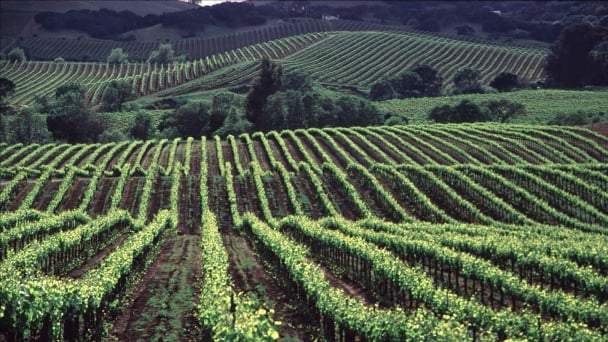
(VAN) California's $59 billion agriculture industry faces serious disruption as the U.S. clashes with China - one of the state's major export markets.
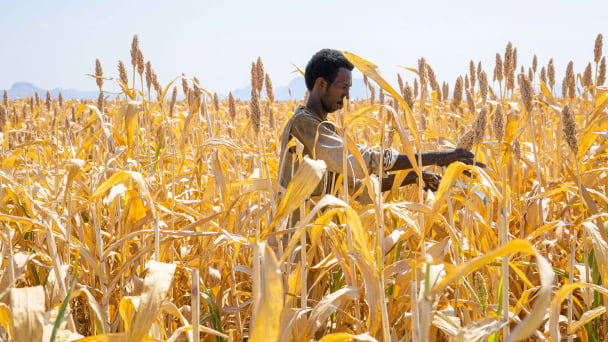
(VAN) Five things you should know about Sudan's food security crisis.

(VAN) 169 lotus seeds selected by the Vietnam Academy of Agricultural Sciences were carried into space by Vietnamese-American astronaut Amanda Nguyen.
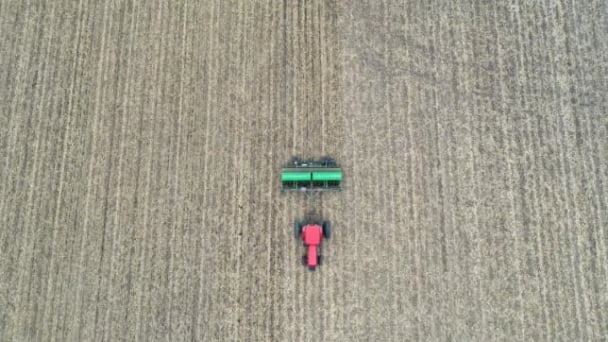
(VAN) Tariffs are making life more expensive for John Pihl. He's been farming in Northern Illinois for more than 50 years.

(VAN) European and American farmer organisations are concerned about the import tariffs that the United States introduced on 9 April for products from the European Union. This makes them 20% more expensive.

(VAN) Global poultry trade is expected to remain strong amid relatively tight global protein supply and growing consumption, RaboResearch concludes in its latest animal protein report.
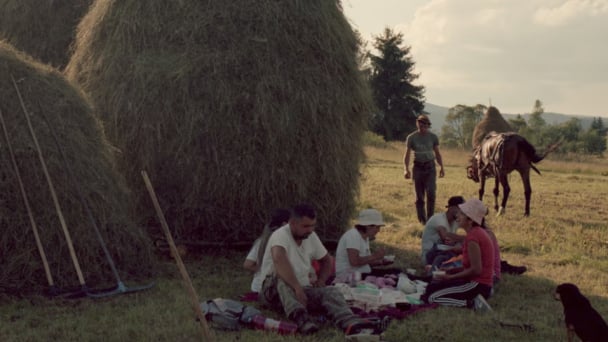
(VAN) Traditional methods benefit hundreds of species but as new agricultural techniques take over, the distinctive haystacks mark a vanishing way of life.